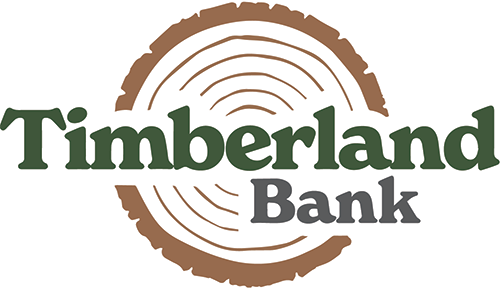An emergency fund is exactly what it sounds like – a secure amount of money put aside specifically for emergencies. An emergency doesn’t always have to be life-threatening; any unexpected and necessary amount of money to be paid should be considered an emergency.
It is recommended to have 3-5 months’ worth of living expenses saved in your emergency fund. And while that can take a while to build, here’s how you can get started.
Commit to an amount to save regularly.
Your finances are your finances. You know what expenses you can reduce or skip. Take a look at your income, your bills, and other mandatory expenses, and decide how much you can set aside every day, week, or month, to be able to build your emergency fund while not jeopardizing your financial security.
When deciding how much you should regularly contribute to your emergency fund, it’s crucial to pick an amount and consistency that you can commit to. Set yourself up for success by setting aside a reasonable and consistent amount.
Decide where to store your emergency fund.
While the old “money in a shoebox” may have worked for your grandparents’ emergency fund, that’s not the most secure way to set money aside these days. Check with Timberland Bank to see what savings options are available.
If you’re not ready to move your money into your bank account yet, utilize a savings app like Plinqit! Plinqit securely automates your savings for you. Taking out the exact amount of money you decided on the day you want it to. Plinqit also rewards you for completing your savings goal.
You can even pause your transaction if something comes up that month. Plinqit makes saving easy with no pressure. Learn more about Plinqit and sign up here.
Start small if you need to; just be consistent.
The most crucial part of saving for your emergency fund is being consistent. Even if you’re putting $5 a day away at first, being consistent will help you stay on track and continue growing your emergency fund.
Then when you get bonuses, tax refunds, or any extra money, you can contribute it directly to your emergency fund.
Building your emergency fund can seem daunting, but it’s important to understand that you have to start somewhere. Rome wasn’t built in a day, and neither was an emergency fund.



